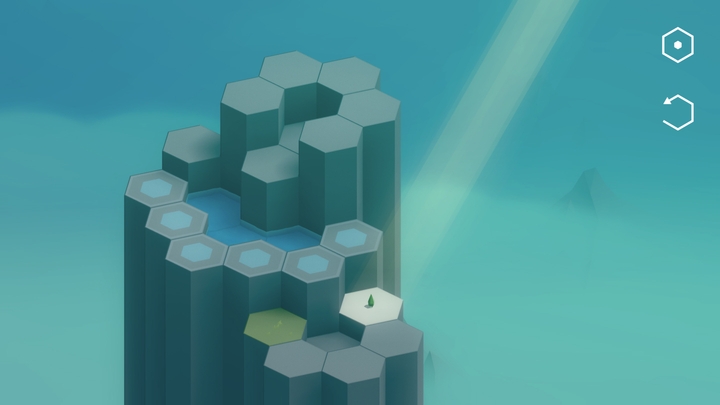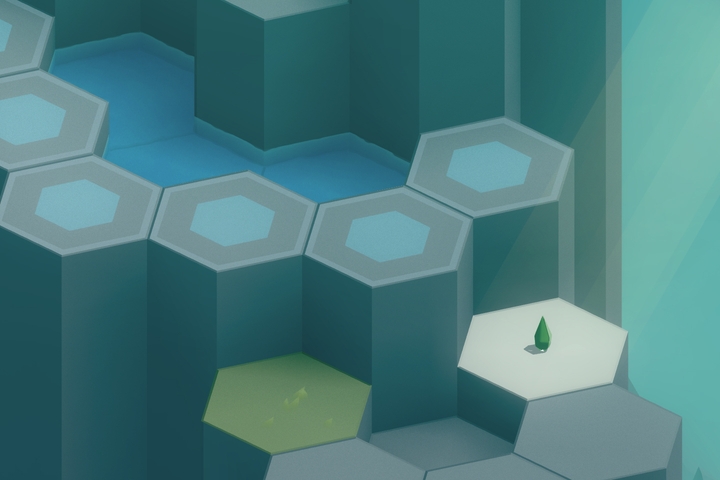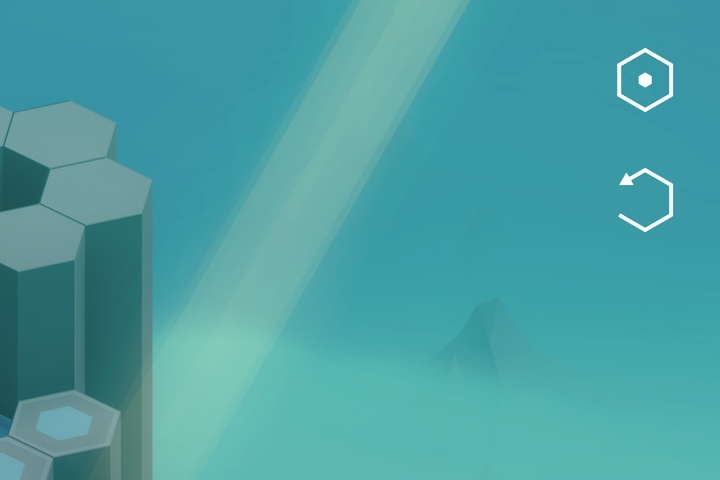
When I enjoy any object, I find that I’m first drawn in by its aesthetic qualities. For a video game, these are the visual style, the sounds, the music, the box art, the way it’s marketed.
These seemingly superficial elements convey so much about the content of the game. The best games can articulate how I’ll feel while playing, without giving too much away. They draw me in and convince me to give it a try.
Then, as I play, I notice more subtle details. The menu systems, game mechanics, and copywriting reveal more depth to the experience. The best games maintain the same quality from the aesthetics into the gameplay.
I admire game makers who weave all the disparate art forms that comprise game design into one cohesive gestalt. Those games temporarily transport me away to a land or a time that doesn’t exist.
Spring Falls is one of those games.
Aesthetic style
At first glance, Spring Falls held my gaze so firmly that I couldn’t look away. I immediately installed it.
When I started it up, I was presented with what looked like a basalt formation, many hexagonal pillars made of stone. The only thing that I could do was push single columns down. The goal per level is to control the flow of water to spread greenery towards small saplings, allowing them to grow larger.

The first level started me at the top of the tower of columns above the clouds. As I finished the progressively more difficult levels, I traveled down, first into the clouds, then into the rain below, and on and on. The game itself occurs in the foreground, but the distant backdrop provides a sense of place.
The visual art gradually changes from level to level, providing a nuanced sense of progress. The weather, while purely aesthetic, also enters the playspace in small ways. Raindrops hit the flat faces of rock, producing little splatters. The wind gently brushes the grasses to and fro.
Each level also has a unique soundtrack formed by atmospheric sounds and acoustic music. The effect is subtle but immersive.
Mechanics and gameplay
One click of a pulsating arrow on the initial screen was all it took to get started.
The game suggested moving one block down, thereby subtly teaching me the most important mechanic in the game.
At a close look, I noticed that the indicator telling which columns can be shifted down is itself a smaller hexagon.

Aside from the tiles that can be sunk, there are two persistent controls at the top right, both following the hexagon theme. The first is a menu that allows switching levels and changing settings. The second button reverses one move at a time.

Every time I solved the given level, the pulsating arrow reappeared, letting me travel down the tower. Newer mechanics are introduced throughout the levels, such as fresh dirt, which can move up, and waterfalls that continuously dump water down.
Final thoughts
Like many works of art that I thoroughly appreciated, Spring Falls left me with only one piece of wish; If only there were more of it to enjoy.
It achieves a unique balance of calmness and challenge.
The levels are beautiful yet tricky enough that I occasionally had to plan out my moves. At the same time, it never stumped me for so long that I felt like giving up or asking for help. I closed the game and came back later, inevitably figuring it out quickly.
I’ve been played on the Mac since I purchased it on Itch.io. It’s also available on a variety of platforms including Steam, and the App Store.
If you’re looking for a beautiful, relaxing, yet engaging game to play, then look no further with spring falls.
Thanks to Q for reading drafts of this.